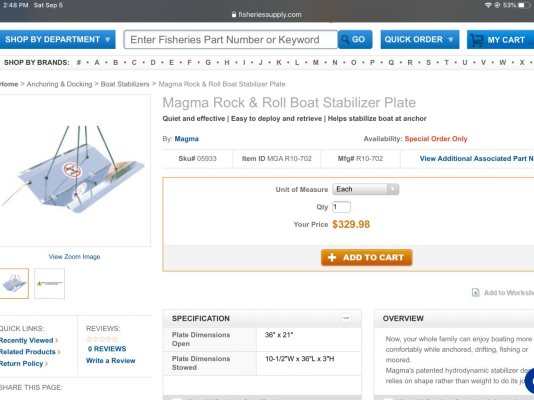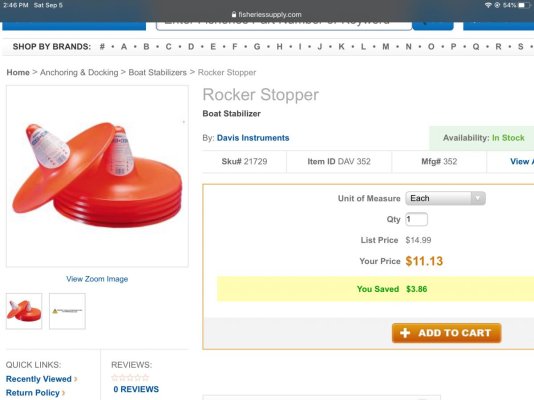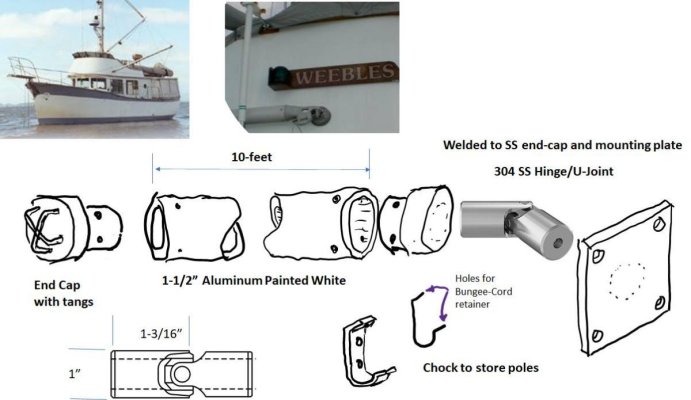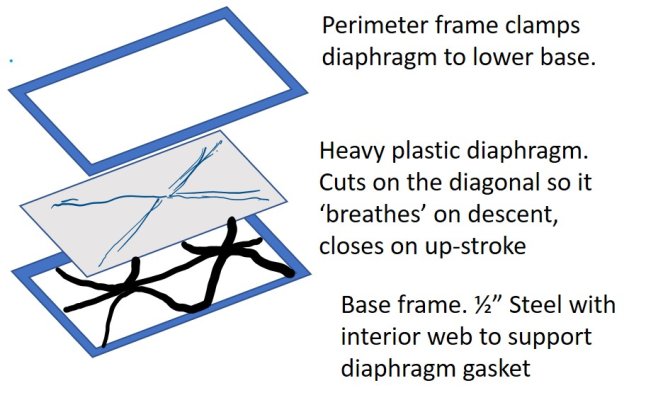Fletcher - I assume you had your H43 built and opted for the Seakeepers. A few questions:
1. Would you have spec'd the 9KW generator if you didn't have the Seakeepers, or would you have gone for a 6KW? Fletch: 6KW if no Gyro for sure. Also, my water maker can be fed by either leg 1 or 2 on the Gen in order to balance the load depending on what’s going on.
2. Given you're in San Diego, do you run your generator for A/C often? I'm in Florida and most motoryacht-style boats run 24/7. Fletch: It’s fairly rare to need the AC here, but we do turn them on in the Summer when its hot. I generally wait until the afternoon to charge the battery banks, so the AC can be run at the same time.
3. Like myself, sounds like you are a firm believer in stabilization. By the time it was all done, would you make the same choice for Seakeepers vs Hydrailic Fins? I'd imagine the Seakeepers would be much better for yaw (fore/aft hobby-horsing) then fins. Fletch; Peter, you have extensive time running Nordhavns up and down the coast so I always make sure I read your posts and appreciate the insight you bring to the forum. Yes, I am a 100 percent believer in stabilization. A couple weeks ago we had a very rolly night at anchor. I woke up at around midnight, lost my balance, and slammed my hand on the galley counter directly on top of a glass which shattered. It was dark, and when I turned the light on I expected to see red fluid everywhere, but I got lucky. We all have these stories about being tossed around on boats, so this is nothing new. But as my wife I get older (late 50’s), I find a stable boat is becoming even more important. Regarding the fins vs Gyro - we are only coastal cruisers and never more than about 50NM offshore. Our runs average from 4 to 12 hours so running the Gen For the Gyro and to make water and supply other domestic systems works for us. If we were long range blue water cruisers, the obvious choice is fins off the engine; PTO.
My 1970 Willard 36 was originally equipped with Vosper mini-fins, which went out of business 15-years ago. I just had new replacement Wesmar's installed, and while I really like hydraulic fins, in hindsight, I wish I had more closely considered paravanes. The simplicity and lack of equipment in the engine room would be compelling, plus would have the benefit of flopper-stopper rig. I wonder if you have any similar hind-sight insights? Fletch - I have no experience with paravanes. Interesting story from a long range cruiser I know: He had a killer whale get tangled up in his paravane rig. Apparently the whale was ok and he released quickly.
Although I also installed a new 6kw NL generator, I really do not like running the generator more than absolutely necessary, which is A/C only. A Seakeeper is out of the question for me on that basis alone. But they do sound like a nice system. Fletch - agree, we all have different environments and conditions we are boating in. Lots of good choices out there.
Thanks in advance -
Peter







